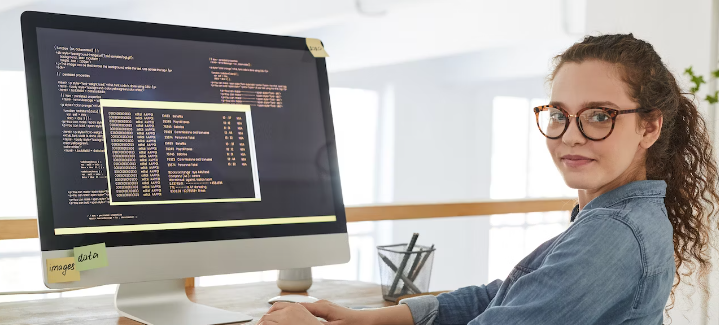
How to Choose a Web Designer: A Comprehensive Guide
Understanding Your Needs: The First Step in Web Design Selection
Selecting a web designer is pivotal to creating an online presence that resonates with your audience. Initially, identify your project’s scope. Is it a brand-new website, a redesign, or an e-commerce platform? Clarity in your requirements streamlines the selection process.
Experience Matters: Evaluating a Web Designer’s Portfolio
Check the designer’s portfolio to assess their style and versatility. A diverse portfolio indicates adaptability to different industries and styles, a crucial factor for a personalized website. Review their previous projects for functionality, aesthetics, and user experience.
Communication Skills: Ensuring Your Vision Is Understood
Effective communication with your web designer is key. Their ability to understand and articulate your vision determines the project’s success. During initial consultations, notice their listening skills and how they respond to your ideas.
Technical Expertise: The Backbone of Web Design
Your web designer should possess the technical skills required for your project. Familiarity with the latest design trends, responsive design, and SEO optimization are non-negotiable. Ask about their experience with content management systems, e-commerce platforms, and coding languages.
Budget Considerations: Balancing Cost and Quality
Budget is a significant factor in choosing a web designer. Seek transparent pricing models and understand what is included in the quoted price. Remember, investing in quality design pays off in the long run through increased user engagement and conversion rates.
Client Testimonials: Hearing from Past Clients
Reading client testimonials provides insights into the designer’s reliability, work ethic, and ability to deliver on time. Positive feedback from previous clients is a strong indicator of a successful partnership.
Post-Launch Support: A Crucial Aspect of Web Design Services
Inquire about post-launch support. Regular updates, technical support, and troubleshooting are essential services your web designer should provide. This ongoing support ensures your website remains current and functional.
Making the Decision: Choosing a Web Designer That Aligns with Your Vision
In conclusion, choosing the right web designer involves a blend of assessing technical skills, communication ability, and compatibility with your vision and budget. Take the time to research and engage with potential designers to ensure a fruitful collaboration.


